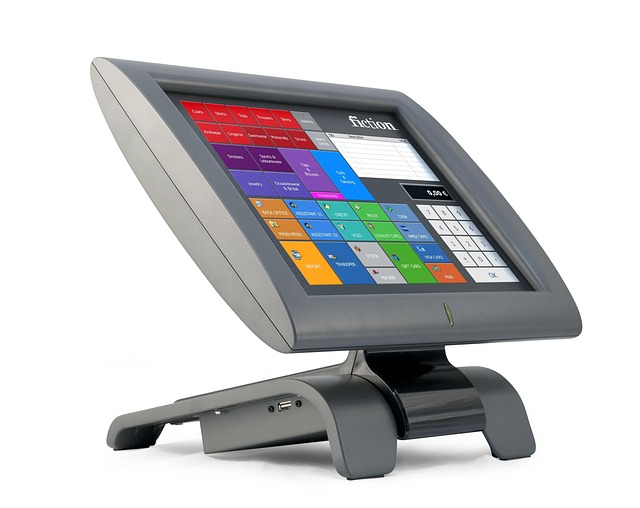In the last decade, artificial intelligence has moved from a niche research curiosity to the backbone of modern enterprise workflows. Robotics process automation, intelligent chatbots, and adaptive analytics platforms now collaborate to streamline operations, reduce costs, and accelerate decision making. Yet, as machines become more capable, the interface between human operators and automated systems grows more critical. The design of these interfaces must embed usability, safety, and empowerment at its core, and human‑factor‑based design provides the framework for such a human‑centric approach.
Foundations of Human‑Factor‑Based Design
Effective human‑factor‑based design begins with a clear understanding of the workflow, the people involved, and the contextual factors that shape interaction. It calls for continuous collaboration between designers, developers, and end users to surface real needs, avoid unintended consequences, and ensure that automation aligns with human capabilities. By prioritizing clarity, feedback, and control, organizations can embed safety and efficiency into every touchpoint between people and technology.
Key Principles for Human‑Centric Automation
Successful automation must be approachable, comprehensible, and controllable. Users should feel confident that they can influence outcomes, understand system behavior, and step in when necessary. A human‑factor‑based approach to interface design establishes the foundation for these experiences, making automation an extension of human intent rather than a black box.
Core Principles of Human‑Factor‑Based Design
1. Assessment – Map existing workflows, identify automation candidates, and evaluate current human‑machine touchpoints.
2. User Research – Conduct interviews and shadow sessions to capture pain points, preferences, and trust thresholds.
3. Prototyping – Build low‑fidelity mockups of dashboards and control panels, testing them with real users in a sandbox environment.
4. Iterative Design – Refine prototypes based on feedback, focusing on clarity of information, response times, and ergonomic considerations.
5. Pilot Deployment – Roll out the solution in a controlled setting, monitor key performance indicators, and collect user sentiment data.
6. Scaling – Expand across departments, ensuring consistent design language and continuous learning loops.
7. Governance – Establish policies for data security, algorithmic bias, and HITL decision rights.
Human‑Centric Metrics and Continuous Improvement
To sustain the benefits of human‑factor‑based design, organizations must institutionalize metrics that capture both efficiency and human experience. Key performance indicators include task completion time, error rates, and system uptime, but equally important are measures of trust, perceived usefulness, and cognitive load. Surveys, behavioral analytics, and physiological sensors can reveal subtle signs of fatigue or overload, enabling proactive adjustments to interface complexity or automation level. Furthermore, establishing a feedback loop—where insights from monitoring feed back into iterative design—creates a virtuous cycle. For instance, if data shows that users repeatedly override a predictive model, the design team can investigate whether the model’s explanations are unclear or whether the task context has shifted. By embedding continuous improvement into the automation lifecycle, companies ensure that human‑factor‑based design evolves with changing technologies, workforce demographics, and regulatory landscapes.
Implementation Roadmap
- Assessment – Map existing workflows, identify automation candidates, and evaluate current human‑machine touchpoints.
- User Research – Conduct interviews and shadow sessions to capture pain points, preferences, and trust thresholds.
- Prototyping – Build low‑fidelity mockups of dashboards and control panels, testing them with real users in a sandbox environment.
- Iterative Design – Refine prototypes based on feedback, focusing on clarity of information, response times, and ergonomic considerations.
- Pilot Deployment – Roll out the solution in a controlled setting, monitor key performance indicators, and collect user sentiment data.
- Scaling – Expand across departments, ensuring consistent design language and continuous learning loops.
- Governance – Establish policies for data security, algorithmic bias, and HITL decision rights.
Throughout each stage, human‑factor‑based design serves as a compass, keeping the end‑user at the heart of the technology stack.
Human‑Centric Metrics and Continuous Improvement
To sustain the benefits of human‑factor‑based design, organizations must institutionalize metrics that capture both efficiency and human experience. Key performance indicators include task completion time, error rates, and system uptime, but equally important are measures of trust, perceived usefulness, and cognitive load. Surveys, behavioral analytics, and physiological sensors can reveal subtle signs of fatigue or overload, enabling proactive adjustments to interface complexity or automation level. Furthermore, establishing a feedback loop—where insights from monitoring feed back into iterative design—creates a virtuous cycle. For instance, if data shows that users repeatedly override a predictive model, the design team can investigate whether the model’s explanations are unclear or whether the task context has shifted. By embedding continuous improvement into the automation lifecycle, companies ensure that human‑factor‑based design evolves with changing technologies, workforce demographics, and regulatory landscapes.
Future Outlook
As AI advances toward more autonomous decision making, the role of human‑factor‑based design will only grow in importance. Emerging technologies such as mixed‑reality overlays, natural language interfaces, and emotion‑aware systems promise richer collaborations between people and robots. However, without thoughtful design, the risk of automation bias, user fatigue, and ethical dilemmas will increase. Companies that invest early in human‑factor‑based design will not only reap efficiency gains but also cultivate a workforce that feels empowered, trusted, and engaged. In the long run, the synergy between intelligent automation and well‑crafted human interfaces will redefine what it means to work in a smart, resilient enterprise.
Human‑Centric Metrics and Continuous Improvement
To sustain the benefits of human‑factor‑based design, organizations must institutionalize metrics that capture both efficiency and human experience. Key performance indicators include task completion time, error rates, and system uptime, but equally important are measures of trust, perceived usefulness, and cognitive load. Surveys, behavioral analytics, and physiological sensors can reveal subtle signs of fatigue or overload, enabling proactive adjustments to interface complexity or automation level. Furthermore, establishing a feedback loop—where insights from monitoring feed back into iterative design—creates a virtuous cycle. For instance, if data shows that users repeatedly override a predictive model, the design team can investigate whether the model’s explanations are unclear or whether the task context has shifted. By embedding continuous improvement into the automation lifecycle, companies ensure that human‑factor‑based design evolves with changing technologies, workforce demographics, and regulatory landscapes.



